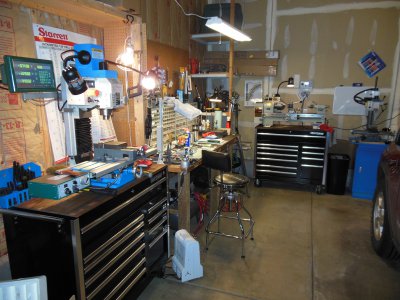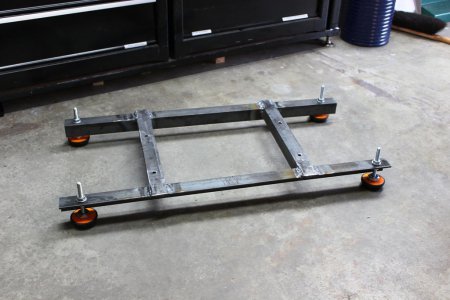- Joined
- Dec 3, 2013
- Messages
- 7
My mill is ordered and will be delivered Tuesday. I was fortunate to find a 10% off coupon which incented the purchased now versus later.
I have a couple of questions about mounting the mill:
>If I mount it on the supplied stand, what are some options for leveling the stand? My garage/shop has a significant slope from back to front.
>I have space limitations in my garage/shop and have my larger woodworking machines on rolling bases. I've seen that some people use roller bases with mills, but it doesn't seem like a good idea when the objective is precise work. Can someone with first-hand experience comment on the use of roller bases? Other comments or opinions welcome as well.
>i've also seen seen where some mount the G0704 mills on benchtops. i'd appreciate any comments on benchtop mounting, e.g., top thickness, supports, size of the benchtop problems you've had, etc.
Thanks. This forum has been very helpful.
I have a couple of questions about mounting the mill:
>If I mount it on the supplied stand, what are some options for leveling the stand? My garage/shop has a significant slope from back to front.
>I have space limitations in my garage/shop and have my larger woodworking machines on rolling bases. I've seen that some people use roller bases with mills, but it doesn't seem like a good idea when the objective is precise work. Can someone with first-hand experience comment on the use of roller bases? Other comments or opinions welcome as well.
>i've also seen seen where some mount the G0704 mills on benchtops. i'd appreciate any comments on benchtop mounting, e.g., top thickness, supports, size of the benchtop problems you've had, etc.
Thanks. This forum has been very helpful.



